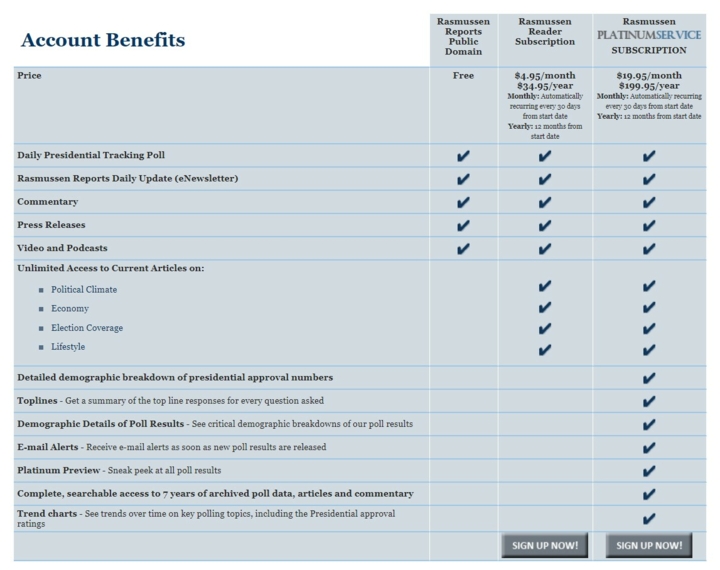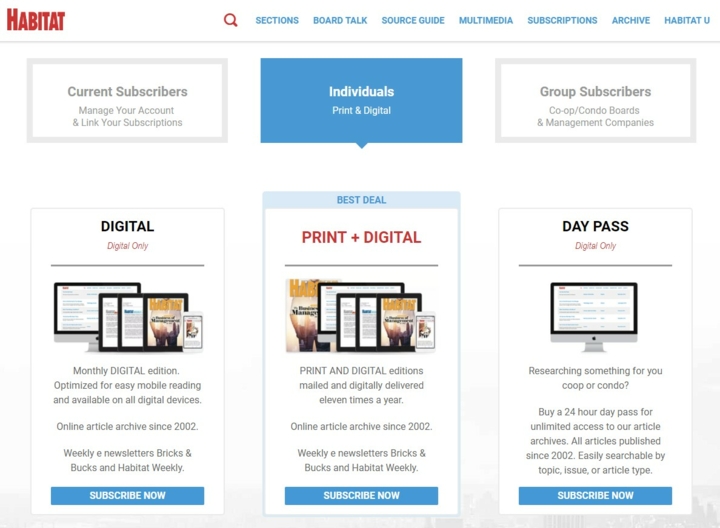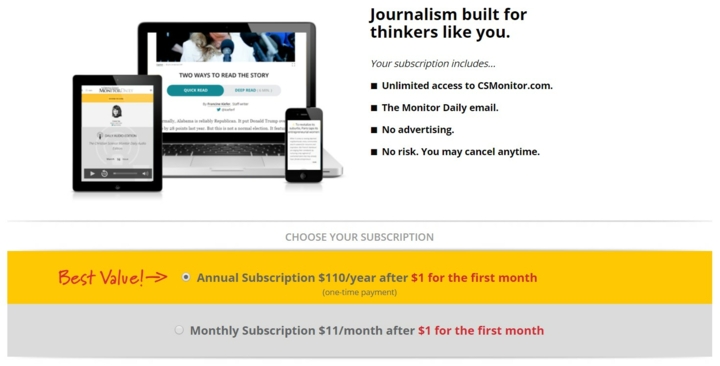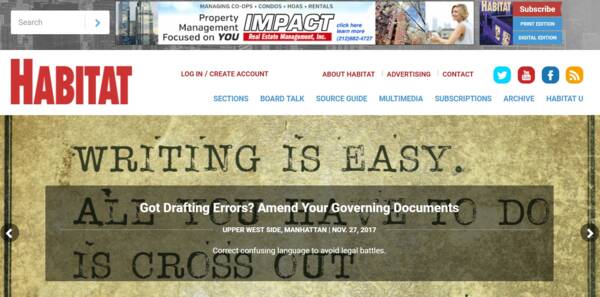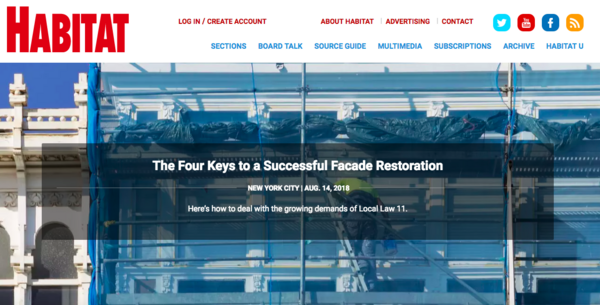How to develop the right paywall for your publication
By: Lisa Manfield | September 26, 2018 | Business solutions, User experience, and Web solutions
Paid content and circulation have always been a mainstay of the magazine publishing business (with the exception of controlled circulation magazines). And prior to the advent of the Internet, it was, for the most part, the norm for readers to pay for magazine content, either by purchasing a newsstand copy, or by buying a subscription. The same has not been true for magazines online.
The web has become a vast sea teeming with free content, and charging for magazine content online has been a more challenging endeavour -- at least ideologically, if not technologically. But that doesn’t mean it doesn’t work. In fact, a 2017 study by Vivadata shows that readers are willing to pay for unique quality content.
Online circulation and subscription management tools have paved the way for magazines to experiment with a variety of options for selling content and converting engaged readers into subscribers.
Paywalls and tiered upsell
Paywalls have been a controversial topic among magazine publishers, with many well documented failed experiments, most notably in the newspaper business, along with some impressive successes both for newspapers and magazines. For magazines, particularly those operating in the B2B space, paywalls can be an effective way to generate revenue online.
Electronic media company Rasmussen Reports is best known for its US elections polling, but it conducts public opinion polling on a wide variety of topics, releasing new poll results on its website daily. Its multi-tier paywall subscription system has successfully helped it to generate website revenue at different levels of user engagement.
There are three subscription levels on the Rasmussen Reports website:
- Public: Access to all top story headlines, daily presidential tracking poll, commentary, daily update e-newsletters
- Rasmussen Reader: Full access to all current articles
- Rasmussen Platinum: Detailed demographic breakdown of poll results, preview of upcoming polls, access to full article archive
The paywall is implemented completely within the eZ Publish content management system, with an integration with an external payment processor.
Editors can mark whether an article is private or public with a simple dropdown list. Articles available only to Platinum users are saved in a distinct section of the site.
Throughout the site, there are banners indicating to users that they can sign up for an account to get a more enriched site experience. There are also multiple entry points to the sign-up process within articles, on the homepage, in sidebars, and in the main navigation. A/B testing helps to determine the most effective messaging.
A variety of access options
In 2016, Habitat Magazine, a New York based magazine for co-op and condo boards and residents, redesigned its website with more flexibility in mind. Its new site gave readers additional options for accessing content, and more control over their subscriptions.
Habitat simplified the subscription process and integrated it with its fulfillment provider, removing any requirements for manual data entry. It gave readers an online account where they could control their subscription, upgrade or downgrade at any time, and update their personal information. It also gave readers more options for access to content, like a digital day pass and access to its archives.
While subscription sales have been on the decline for many magazines, Habitat has seen a 400 percent increase in subscription revenue over last year. “The number of subscribers is going up, and so is our subscription revenue,” says publisher Carol Ott. “Renewal rates are better too. We simply made it easier for subscribers and worked with our fulfillment house to streamline online processes.”
Incremental meters
The Christian Science Monitor (CSMonitor) has been experimenting with paywalls for about a year now. Prior to that, it offered all of its content for free online with the exception of its weekly magazine, which was available as a PDF download to paid subscribers.
Its first step toward a paywall was the launch of its Daily product. While the Daily could only be accessed by subscribers, CSMonitor promoted it to non-subscribers using promotion links that allowed visitors to bypass the paywall for a sample article. Promotion of these sample articles by both the magazine and its readers earned the Daily close to 10,000 paid subscribers, which encouraged it to take its paywall experimentation a step further.
First, CSMonitor let readers know that a meter was coming. Eventually, it added a meter that allowed web visitors to access five articles for free before the paywall kicks in. When non-subscribers try to read their sixth article, they get a preview panel showing the introduction, along with a prompt to subscribe. Paying for a subscription removes both the meter as well as the ads on the site. The Daily product remains and is accessible to subscribers as well.
CSMonitor’s goal is to hit 10,000 new subscribers to the site, and it’s more than halfway there. Part of its success can be attributed to the extensive user testing it has done to ensure the subscription process is simple for visitors. “They had staging set up where they took test users through the process of hitting the meter, and got feedback on whether people understood the process,” says Mugo’s senior developer Philipp Kamps. “They’re also tweaking the messaging around the different workflows for logging in, setting a password, and more, so that it’s easy for people to understand.”
Is a paywall right for your publication?
Paywalls come in many shapes and forms, and can include:
- Absolute paywalls, wherein all content is behind the paywall and readers must pay to read
- Tiered paywalls, wherein readers have access to a certain number of articles before triggering a paywall
- Porous paywalls, wherein readers pay to read if accessing content directly, but may be able to access some content for free via search or social media links
- Micro paywalls, which allow readers to pay a nominal amount to read a single article at a time
Before you consider adding a paywall, you’ll want to evaluate whether it’s the right move for your site. The answer will depend on a number of factors, including:
- Whether your content is unique
- Whether you’re a B2B or B2C publication
- How many competitors are in your niche
- Your readership’s demographics and household income level
- Whether you can build up this paywall on an existing subscription (for print or additional services)
Once you decide to implement a paywall, you’ll have more factors to consider, including the type of paywall that works best for your site, and how to work around it if necessary.
However you decide to proceed, a key point here is that figuring out an online access and subscription model that works best for your publication will likely take some trial and error. You probably won’t hit a home run on your first try, and that’s ok if you’re working on a platform that gives you the flexibility to easily try out different models, create offers as you go and see what gets the most uptake.
Interested in discussing paywall options for your publication? Get in touch anytime.

